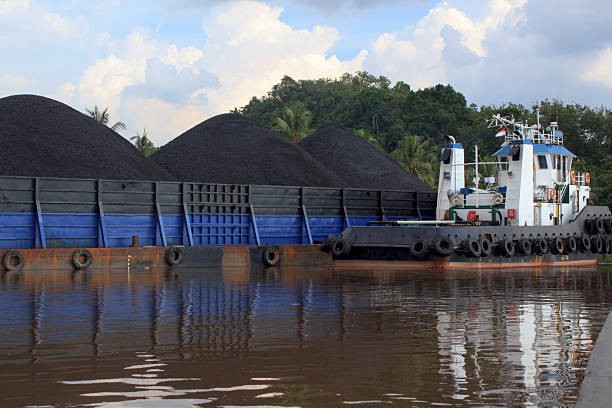
Barge/ Dumb Barge
A barge is a flat-bottomed boat that is designed to transport goods or people on inland waterways or near-shore locations. Dumb barges, also known as unpowered barges, are those that do not have an engine or any other means of propulsion. Instead, they are usually towed by a tugboat or pushed by a larger vessel. In this article, we will discuss the features and uses of dumb barges.
Features of Dumb Barges
Dumb barges come in different sizes and shapes, and their features depend on their intended use. However, some common features of dumb barges include:
Uses of Dumb Barges
Dumb barges have various uses in different industries. Some of their common applications include:
Oil Barges
Oil barges are a type of barge specifically designed to transport oil and other petroleum products such as gasoline, diesel, and jet fuel. They are typically larger than dumb barges and are equipped with specialized equipment to ensure safe and efficient transport of oil products. In this section, we will discuss the features and uses of oil barges.
Features of Oil Barges
Oil barges have several features that make them well-suited for transporting oil products. Some of these features include:
Uses of Oil Barges
Oil barges are primarily used to transport oil and other petroleum products between refineries, storage facilities, and ports. They are also used to transport oil products to remote locations where other modes of transportation are not available. Some common uses of oil barges include:
Dredgers are important machines used for excavation and land reclamation in water bodies. They come in different shapes, sizes, and types, depending on the specific purpose they are designed for. I....
Pilot boats play a vital role in ensuring the safety and efficiency of maritime transportation. These boats are designed to transport pilots to and from ships that require their expertise in navig....
Self-propelled barges are vessels that are designed to transport large quantities of cargo on inland waterways. These barges are propelled by their own engines, making them highly efficient and cos....
Barge/ Dumb Barge A barge is a flat-bottomed boat that is designed to transport goods or people on inland waterways or near-shore locations. Dumb barges, also known as unpowered barges, are t....